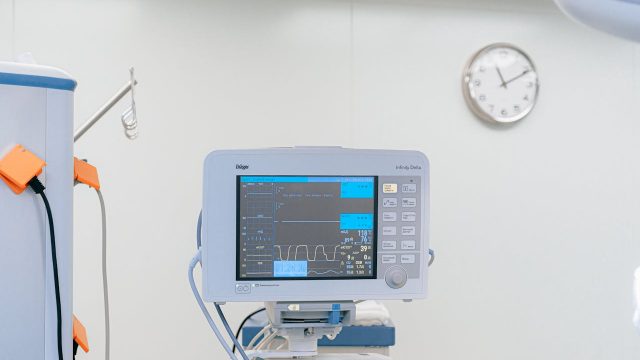By Sustainable Futures Trainings
Introduction
In an industry where human health and safety are on the line, medical device manufacturers cannot afford to rely on trial and error. That’s where process validation becomes a game-changer. This systematic, science-backed approach ensures that every product meets rigorous quality and safety standards, right from the first unit to the millionth.
From implants and surgical tools to diagnostic instruments, process validation acts as the silent guardrail maintaining consistency, reliability, and regulatory compliance.
What is Process Validation?
Process validation is documented evidence that a specific process consistently produces a product that meets its predefined specifications and quality attributes.
The FDA defines it as:
“Establishing by objective evidence that a process consistently produces a result or product meeting its predetermined specifications.”
(FDA Guidance, 2011)
Validation is essential when:
- A process output cannot be fully verified through inspection or testing.
- The testing method is destructive or cost-prohibitive.
- A device’s critical-to-quality (CTQ) features depend on consistent process control.
Process Verification vs. Process Validation
| Aspect | Process Verification | Process Validation |
|---|---|---|
| What it checks | Output by measuring or testing | Process capability to consistently produce acceptable output |
| When it’s used | When output can be inspected/tested | When output cannot be verified or testing is destructive |
| Example | Measuring a screw’s length with calipers | Validating a packaging seal process that destroys the package |
| Regulatory reference | ISO 13485:2016 Clause 7.5.6 / FDA 21 CFR Part 820.75 | Same |
Key Phases of Process Validation
1. Installation Qualification (IQ)
Ensures all equipment and systems are installed correctly and conform to design requirements.
2. Process Characterization
Identifies critical inputs and outputs (X’s and Y’s) to define how variables impact quality. In the additive manufacturing process, this might include powder type, print speed, or laser power.
3. Operational Qualification (OQ)
Tests the process at extreme conditions within the specified limits to demonstrate robustness.
4. Performance Qualification (PQ)
Demonstrates that under real-world production conditions, the process yields consistent and compliant results.
 Regulatory Landscape
Regulatory Landscape
| Body | Standard/Document | Focus |
|---|---|---|
| FDA | 21 CFR 820.75 | Validation of processes where output can’t be fully verified |
| ISO | ISO 13485:2016 | Clause 7.5.6: Validation of production and service processes |
| GHTF/IMDRF | SG3/N99-10:2004 | Comprehensive QMS process validation guidance |
| ASME | AM for Med Device Verification and Validation | Tailored guidance for additive manufacturing validation |
 Why Process Validation Matters
Why Process Validation Matters
- Reduces product recalls
- Ensures patient safety
- Minimizes production downtime
- Strengthens regulatory compliance
- Enhances market trust and brand value
Final Thoughts
Process validation ensures that manufacturing processes consistently produce safe, effective, and compliant medical devices With growing demands for faster innovation and advanced manufacturing like 3D printing, the need for robust, data-driven validation processes is becoming non-negotiable.
The future will see AI-driven process control, real-time validation, and predictive quality analytics, especially in AM environments. Those who master validation today are the ones who will lead tomorrow’s medical breakthroughs.
 References
References
- FDA (2011). Guidance for Industry – Process Validation: General Principles and Practices. https://www.fda.gov/media/94074/download
- ISO 13485:2016. Medical Devices — Quality Management Systems — Requirements for Regulatory Purposes.
- Global Harmonization Task Force (2004). Process Validation Guidance. https://www.imdrf.org
- ASME (2020). Process Verification and Validation for Medical Devices Using Additive Manufacturing. https://resources.asme.org
Disclaimer
This blog is intended for informational and educational purposes only. It does not constitute regulatory advice. For detailed and up-to-date guidance, always refer to official documents from regulatory authorities and standards organizations.
This article first appeared on Sustainable Futures Trainings’s website and is published here with permission.


Thanks for another excellent post. Where else could anybody get that type of info in such an ideal way of writing? In my opinion, my seeking has ended now.
This article provides a clear and concise overview of process validation, making it essential reading for anyone involved in medical device manufacturing. The practical examples and regulatory insights are particularly helpful in understanding why validation is critical for ensuring product safety and compliance.WAT